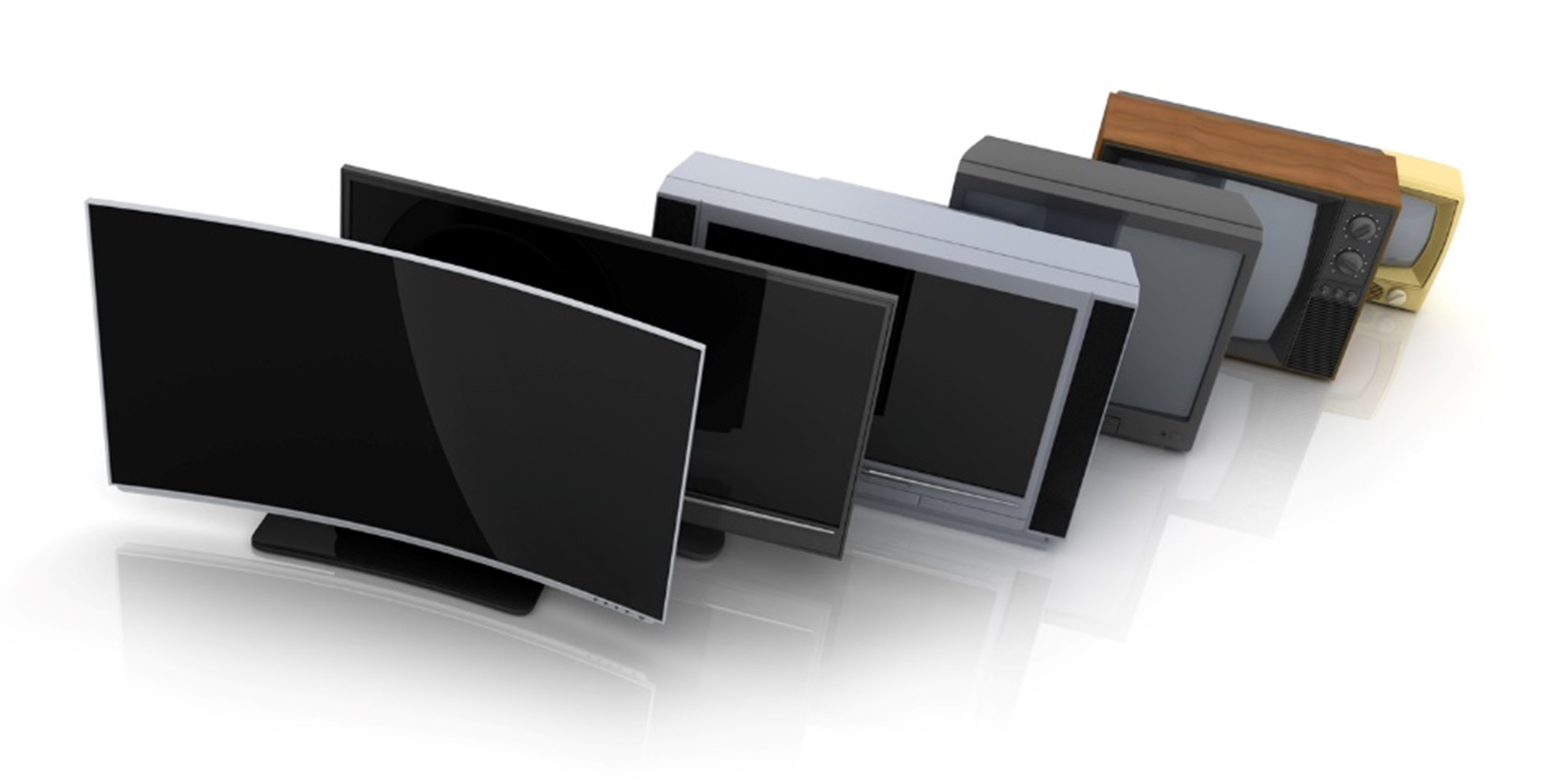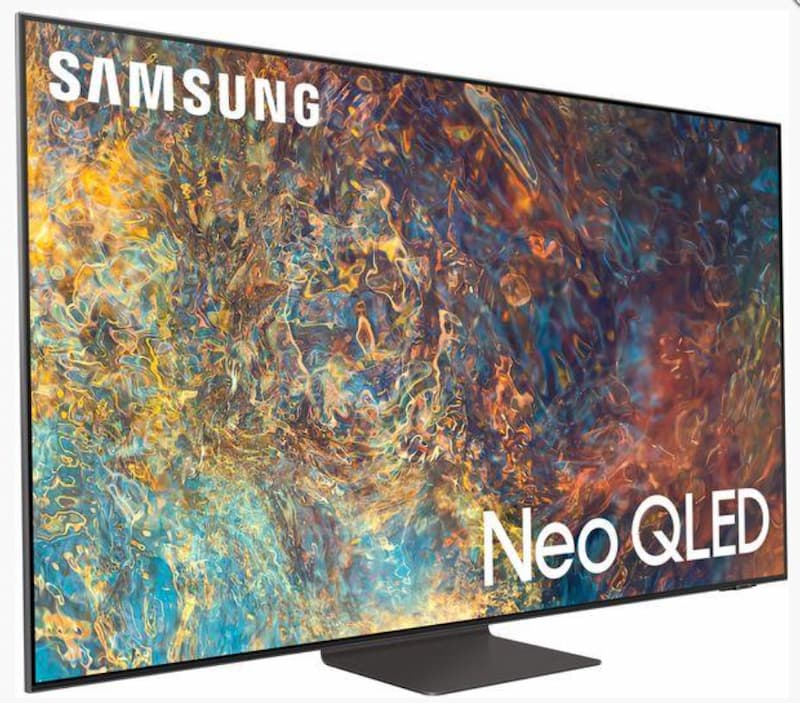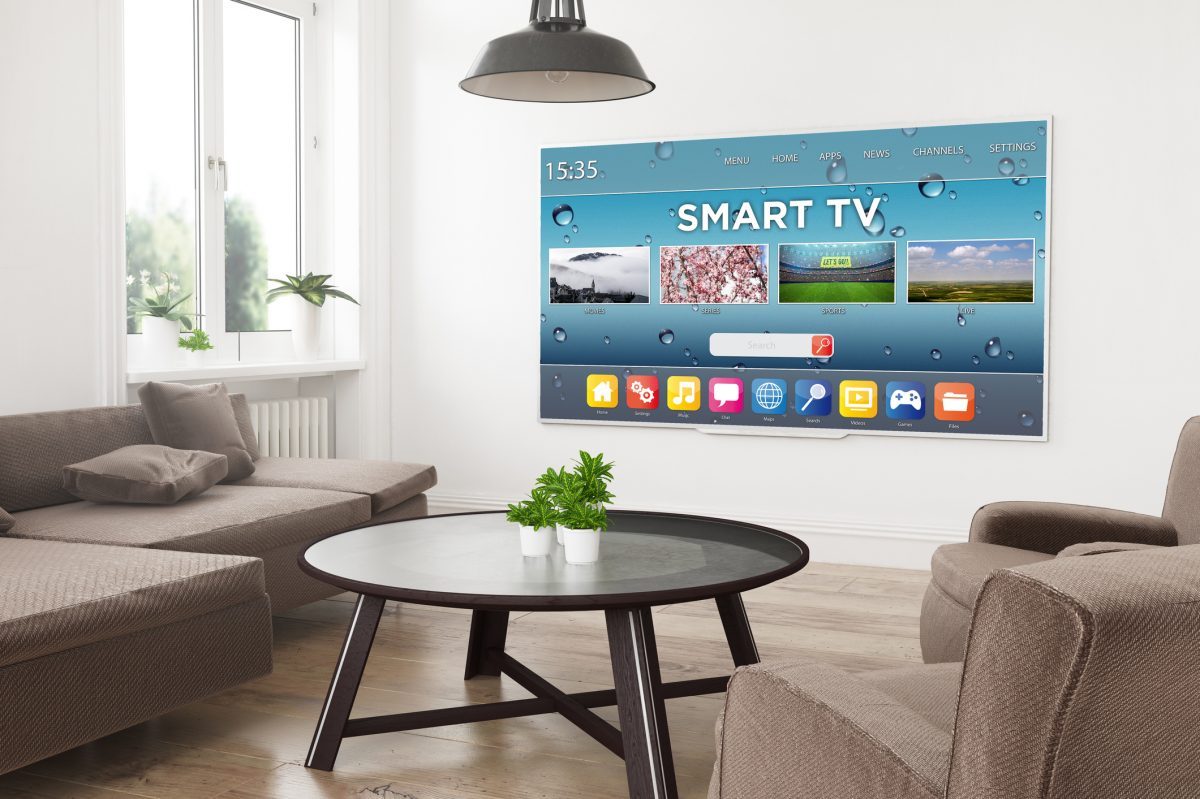The evolution of television has come a long way since the large whirring behemoth that first sat down in the corner of living rooms across the country. Progress has been relatively slow but is increasing all the time, to the point where the modern day television would be unrecognisable to those who grew up with the first sets, as would the various uses we find for it.
We have adapted our television sets into full home entertainment systems capable of some remarkable things that make them essential and adaptable to the leisure of many different people. The video cassette player was one of the first small steps in this evolution, allowing anyone to purchase and watch movies at home, or even record their own. Even teletext, which worked quite like an early version of the internet, allowed users at home to check news, weather and sports updates from the comfort of their living rooms and importantly at a time of their choosing. This was followed by home games consoles which represented a significant change in home entertainment as our television started being interactive and user specific.
Even within one electronic company, these changes can be clearly mapped out; LG started producing TVs in 1958 and LG TVs have made some incredible technological leaps forward as pioneers within the industry. Today we have “smart TVs” which we can use to surf the internet, as additional monitors to our computers and as USB ports for playing movies or displaying photos directly from an incredibly small external memory device. These changes in how we use our TVs and how we entertain ourselves at home is accompanied by the rapid progression of resolution which today offers us HD quality or 3D TVs that are rapidly becoming the standard for new TVs.







